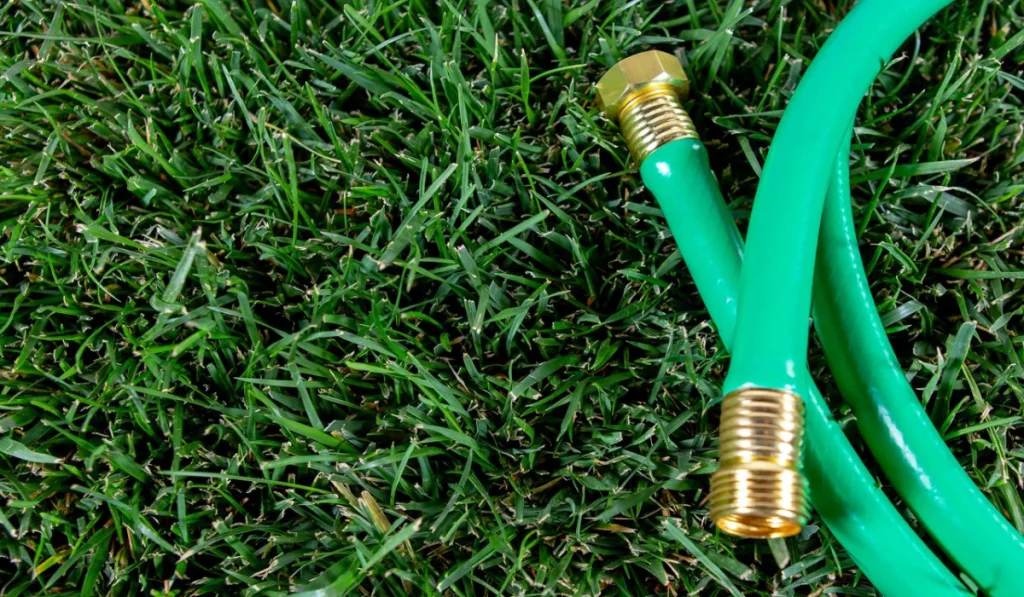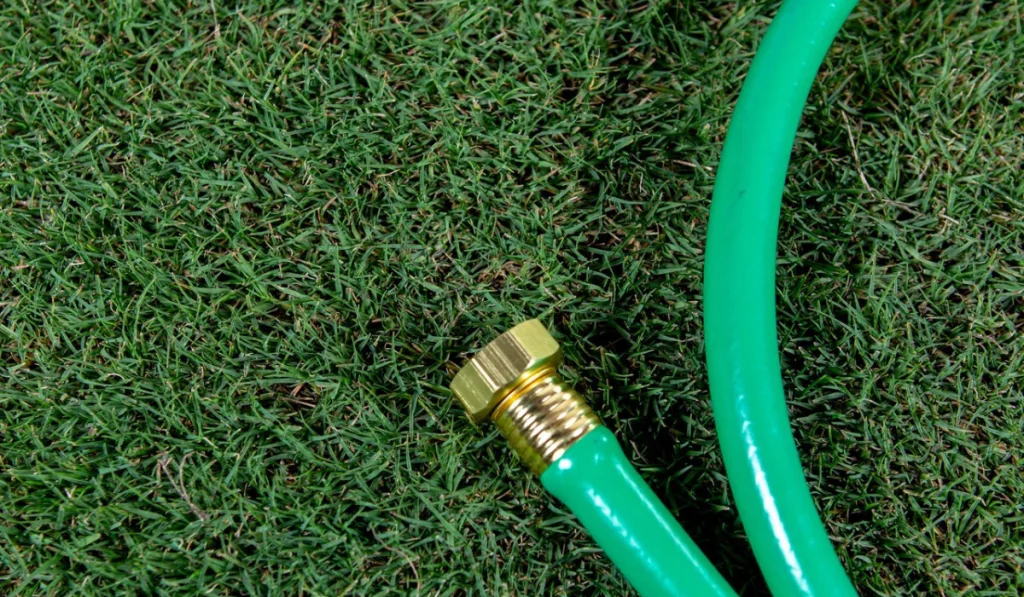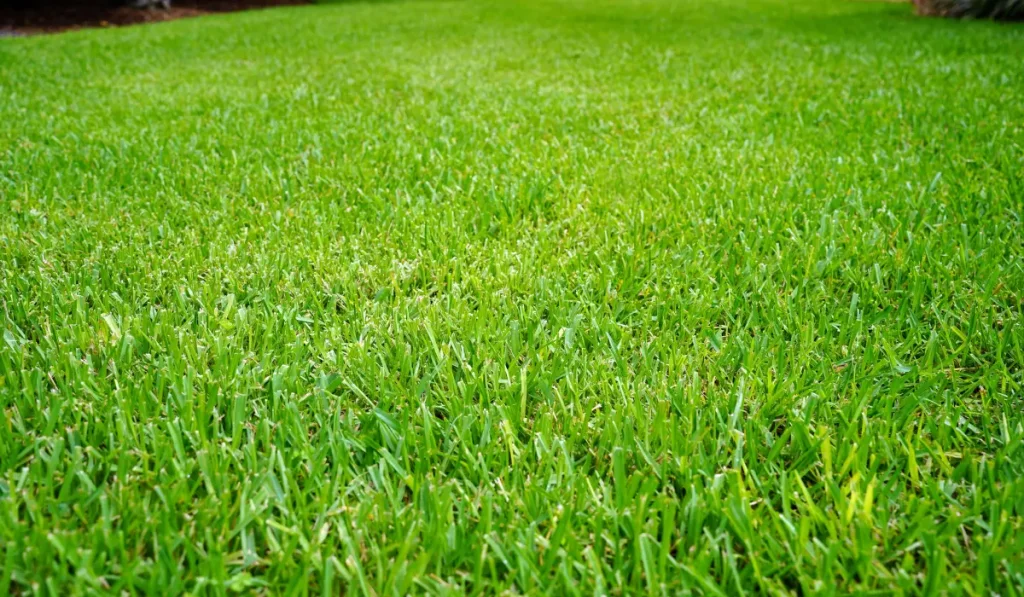In California, picking the right sod for your yard is all about knowing your weather. From the cool coast to the dry valleys and chilly mountains, each spot needs a grass type that fits just right.
Want a yard that turns heads and saves water? Down south, Bermuda grass loves the sun and doesn’t mind a drought. Up north, fescue’s cool with the chill.
Ready to find the perfect grass for your California spot? Let’s dive in and green up your garden, no matter where you call home in the Golden State.
Key Takeaways
- California’s climate varies widely, affecting lawn care and sod selection from foggy northern coasts to sunny southern areas.
- Elite Plus Fescue is best for Northern California lawns due to its shade, cold tolerance, and low water needs.
- Central Californians should choose Northbridge Bermudagrass for its durability, drought resilience, and full sun adaptation.
- St. Augustine grass is ideal for Southern California with its drought resistance, deep green color, and ability to thrive in both sun and partial shade.
- Choosing the right sod in California depends on sun exposure, soil type, and proper seasonal care to maintain a lush, healthy lawn.
The Best Sod Varieties for California by Region
California’s climates range from foggy coastal zones to scorching desert heat, so it’s no wonder the state has such a diverse selection of sod suitable for its many landscapes.
Here is the best type of sod for your yard, depending on where you are in California.
Northern California: Elite Plus Fescue

Northern California’s landscape varies from cool coastal regions to valleys and mountains. This wide weather variety necessitates a versatile lawn grass.
Elite Plus Fescue stands out here due to its adaptation to cooler and often foggy conditions and its ability to maintain a vibrant green color with less water.
This sod is a blend of cool-season grasses, including Dwarf Fescue Grass and Kentucky Bluegrass.
Here’s why it’s preferred:
- Shade tolerance: Can tolerate partial shade, but still requires 5-6 hours of direct sunlight each day.
- Cold tolerance: Resists damage from cooler temperatures.
- Low water requirement: Needs less irrigation, a significant plus in drought-prone areas.
Here’s a look at a direct comparison versus its common alternatives:
| Feature | Elite Plus Fescue | Common Alternatives |
| Cool-season growth | Excellent | Varies |
| Shade tolerance | High | Moderate |
| Water consumption | Low | Higher |
| Maintenance level | Moderate | High |
Central California: Northbridge Bermudagrass

In Central California, residents enjoy a climate with hot summers and mild winters. So, selecting a type of grass that can withstand these conditions is essential.
Warm-season grasses like Bermudagrass are excellent for Central California because they exhibit robust growth when temperatures are high.
The Northbridge Bermudagrass fits the bill with its durable nature, drought resilience, and love for full sun exposure.
It boasts a dense turf that recovers quickly from wear and tear due to its vigorous rhizomes, making it ideal for high-traffic areas.
Here’s how it compares to other top choices for this region.
| Grass Type | Drought Tolerance | Heat Tolerance | Full Sun |
| Bermudagrass | Excellent | High | Yes |
| Zoysia Grass | Very Good | High | Yes |
| Buffalograss | Good | Moderate-High | Yes |
With its salt tolerance and capacity to thrive in varying soil types, Northbridge Bermudagrass is an adaptable and tough turf type for Central California climates.
You can care for this tolerant grass by following this checklist:
- Watering: Keep soil moist until established.
- Mowing: Cut to 1-1.5 inches during active growth.
- Fertilizing: Apply nitrogen-rich fertilizer during growth periods.
- Weeding: Use pre-emergent herbicide to prevent weeds.
Southern California: St. Augustine Grass

Southern California’s climate uniquely suits warm-season grasses that can withstand its dry, warm conditions year-round.
St. Augustine grass is one of the top choices for homeowners in this region due to several key characteristics.
Key Features of St. Augustine Grass
Besides sustaining a visually appealing without excessive watering, St. Augustine grass stands out because of these characteristics:
| Feature | Description |
| Color | Bright yellow-green, offering a lush lawn appearance |
| Texture | Broad, coarse blades give a dense, carpet-like feel |
| Drought Resistance | Good, withstand dry conditions through deep root systems |
| Maintenance | Moderate, with occasional mowing and irrigation needed |
| Shade Tolerance | High, thriving in both sun and partial shade |
| Growth Habit | Spreads through stolons, creating a thick, full-coverage |
Choosing the Best Grass Seed for Your Location
Choosing the right sod for a California lawn hinges on two critical factors:
- the levels of sun exposure
- the type of soil present
Sun Exposure and Shade Requirements
Understanding the sunlight your turfgrass receives is crucial for a green lawn that can handle foot traffic.
To get an accurate sense, record the hours of direct sunlight over at least one week and track your yard’s sun exposure with a daily log.
Based on the gathered data, refer to the table below to find the suitable grass for your light conditions.
| Sunlight Levels | Recommended Sod Types |
| Full Sun (> 6 hrs) | Bermuda, Zoysia |
| Partial Sun (4-6 hrs) | Tall and Fine Fescues, St. Augustine |
| Dense Shade (> 4 hrs) | Shade-tolerant Fescue, Rye Grass |
Best Sod for Your Soil Type
Soil quality is indispensable for a low-maintenance, robust lawn.
California’s diverse landscape comes with a variety of common soil types that impact the type of sod you should choose.
Start with a simple soil test to determine pH and texture:
- Collect soil from several spots in your yard.
- Mix the soil in a container and remove debris.
- Use a home testing kit to measure pH.
- Feel the soil to determine its sandy, loamy, or clayey texture.
The table below offers suggestions on the sod varieties suited to different soil types. It ensures the right grass has the opportunity to establish a lush, green lawn.
| Soil Type | Recommended Sod Types |
| Sandy | Bermuda, Zoysia |
| Loamy | Kentucky Bluegrass, Tall Fescue |
| Clayey | Buffalo Grass, Perennial Ryegrass |
Sod Care Tips for Each Season
To keep your California sod lush and healthy, seasonal adjustments in lawn care are essential.
Each season calls for specific actions to maintain the best lawn status regardless of your region, be it Los Angeles or elsewhere.
Spring and Fall Maintenance
During California’s mild seasons, focusing on foundational lawn care is crucial. Ensure regular mowing to facilitate thick growth, preventing weed overtake.
To maintain a dense, vibrant turf, consider overseeding with drought- and disease-resistant grass varieties such as ryegrass that offer a blue-green hue.
Other aspects you should consider are:
- Watering: Keep soil consistently moist but not waterlogged.
- Fertilization: Use a balanced fertilizer to promote growth and prepare for winter.
- Aeration: Punctuate the soil to alleviate compaction and enhance root development.
Summer Heat Management
Sod in California bears the brunt of the summer sun, requiring savvy strategies to counter the intensity.
Here’s how to care for your lawn:
| Aspect | Description |
| Watering | Irrigate deeply but infrequently in the early morning to reduce evaporation. |
| Mowing | Raise the mower blade to leave the grass taller, which shades roots and conserves moisture. |
| Heat Stress | Lout for signs of wilting or discoloration and apply light watering to cool the grass. |
Winter Protection
The winter months in California demand specific lawn care. To ensure your sod remains at its best during this slow-growth season, follow these tips.
- Taper off watering as cooler weather reduces the lawn’s thirst and the rain increases.
- Limit foot traffic to reduce soil compaction and damage to sod in dormancy.
- Monitor for frost and cover with burlap or frost cloth if necessary, especially for cold-sensitive species like Bermuda or St. Augustine.
During this season, golf courses and sports fields may require more intensive care due to their heavy use and specialized grass types such as bentgrass or Kentucky bluegrass.



